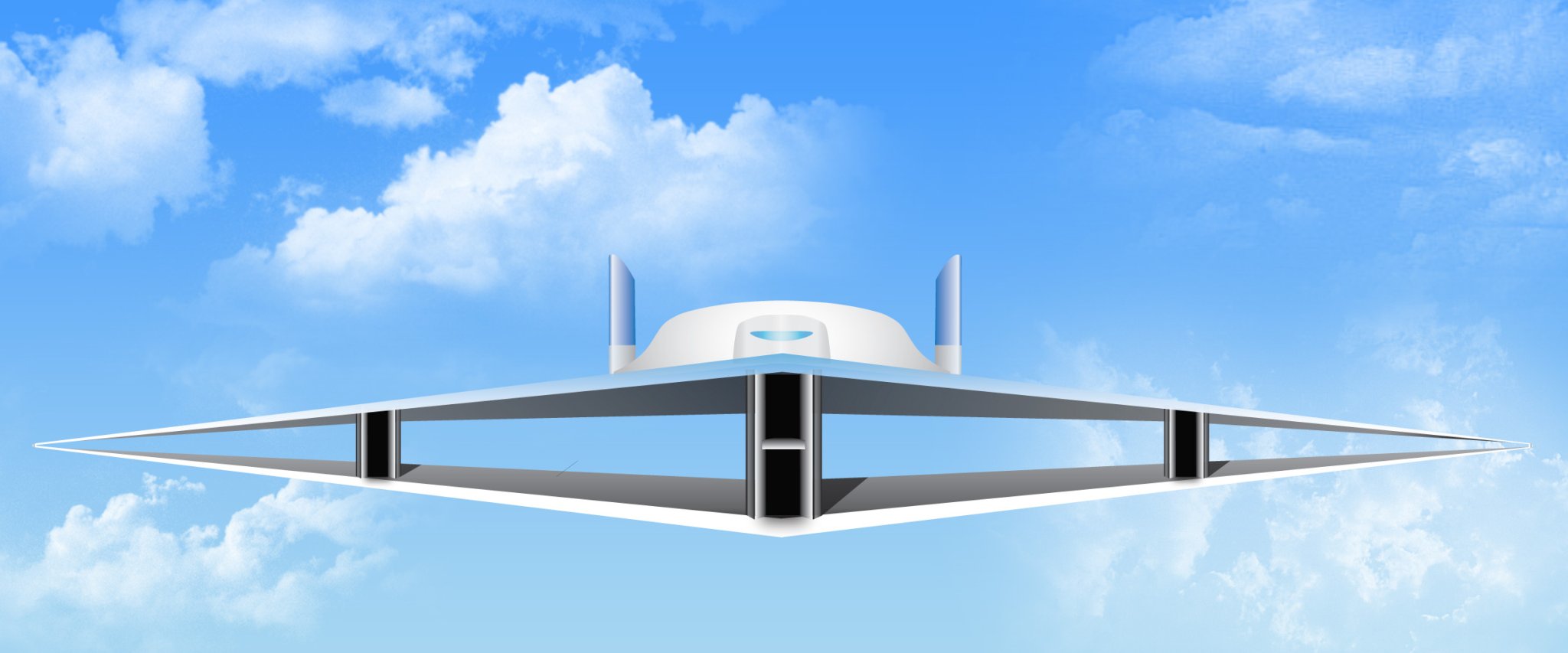

When supersonic travel inevitably returns to the skies, the airplanes are going to look a lot different. At least one design harks back to the early days of aviation with a biplane design, rather than a sleek delta-winged jet like the Concorde. This shape can apparently produce much less drag and therefore much less noise at supersonic speeds, MIT engineers say.
The decreased drag would make a supersonic biplane more fuel-efficient and it would produce a quieter sonic boom, because the shock waves propagating toward the ground would be canceled out. The trick is getting it to fly.
A German aviation engineer named Adolf Busemann came up with this idea in the 1950s, according to MIT. His design called for triangular wings, with the top and bottom pointing toward each other. As MIT News explains it, this design would cancel out the shock wave produced by compressed air as the plane moves toward Mach 1 speeds. But this quieter biplane could not fly — the gap between the wings would limit the amount of air passing through, causing incredible drag.
To improve on this design, MIT engineer Qiqi Wang and his colleagues designed a computer model to test the biplane at various speeds and with 700 different wing configurations. With a smoother inner surface on each wing, the air channel could be widened. By adjusting the top edge of the high wing and the bottom edge of the low wing, the plane could fly at supersonic speeds with half the drag of the Concorde, they found.
Next, the team plans to design a 3-D model of this conceptual plane to test it for real. A Japanese team is also building on Busemann’s designs, according to MIT — so the field could see a development boom in the coming years.
